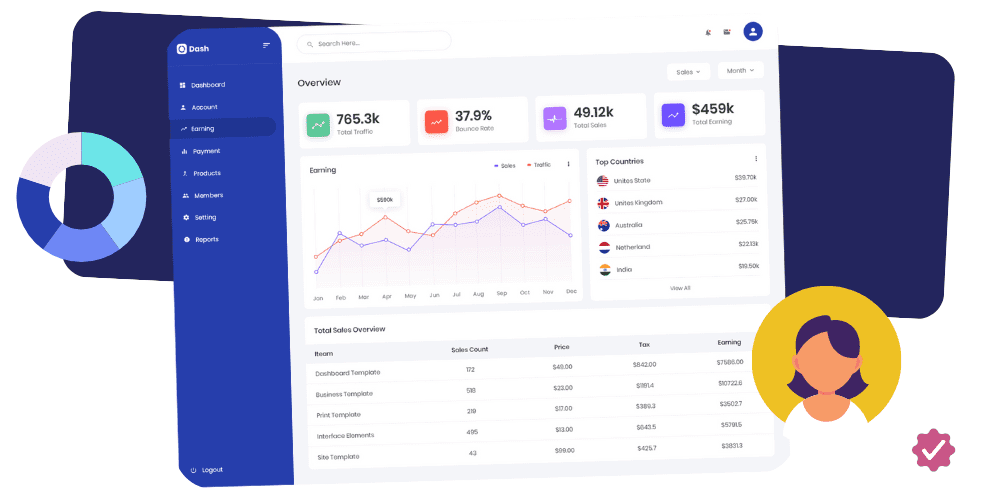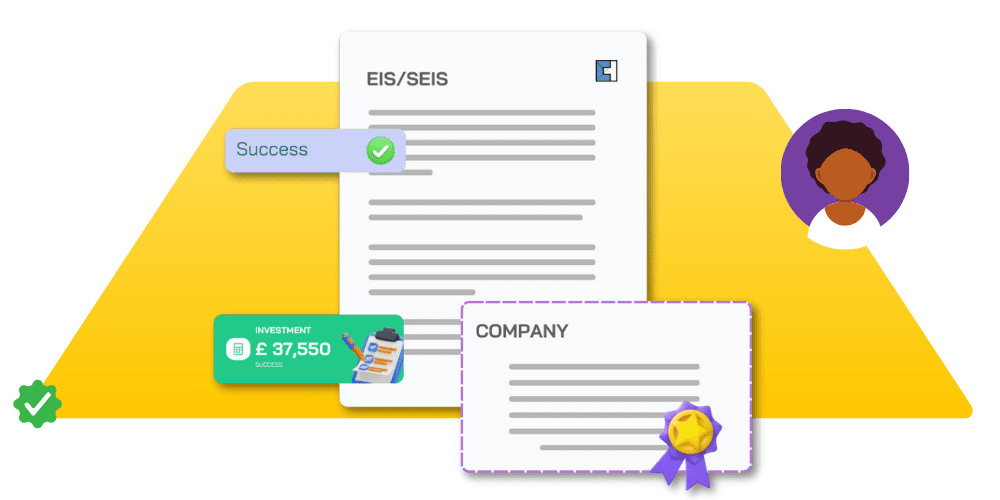Group company structure is a type of business organisation growing in popularity in recent years. This type of company is formed when two or more companies join to form a new entity. There are several different types of group structures, and each one has its advantages and disadvantages.
We will discuss the different types of group company structures in this blog post, how they are formed, and the pros and cons of each one.
What is a Group Company Structure?
A group company is a structure where a parent company holds a controlling interest in one or more subsidiary companies.
The parent company can be either a holding company that owns the subsidiaries outright or a management company that oversees the subsidiaries’ operations.
The group structure permits the parent company to centralise management, pool resources, and spread risk.
The group company structure is common in the banking, insurance, and real estate industries. In some cases, the group structure may be required by regulation. For example, banks are typically not allowed to own other banks outright. However, they can operate through a holding company structure.
Types of Group Company Structure
There are several different group company structures, each with advantages and disadvantages.
1. The Holding Company Structure
The holding company structure is the most common type of group company structure. In this type of structure, the parent company owns all or most of the shares in the subsidiary companies. The advantage of this structure type is that it allows the parent company to completely control the subsidiaries.
The disadvantage is that it can be more difficult to raise capital, as investors may be reluctant to invest in a company that is not publicly traded.
2. The Management Structure
The management company structure is another common type of group company structure. In this type of structure, the parent company does not own any shares in the subsidiaries. Instead, it manages its operations and provides them with financial support.
However, the advantage of this type of structure is that it helps the parent company to raise capital more quickly, as investors are not reluctant to invest in a company that is not publicly traded.
The disadvantage is that the parent company does not have complete control over the subsidiaries.
3. The Joint Venture Structure
A joint venture group company structure is one in which the parent companies form a new entity together. This group company is common in the banking, insurance, and real estate industries.
The advantage of this type of group company is that it allows the companies to pool resources and spread risk.
Advantages of Group Company Structure

1. Centralised Management
One of the major advantages of a group company structure is centralised management. It means that all or most of the decision-making power is centralised in the hands of the parent company. It can lead to more efficient decision-making and a faster response to changes in the market.
2. Economies of Scale
The second advantage of a group company structure is pooling resources. It means that the parent company can draw on its subsidiary companies’ financial and human resources. It can lead to greater efficiency and economies of scale.
3. Reduced Risk
Another advantage of group company structure is risk-sharing. It means that the risks associated with each subsidiary are shared among all the companies in the group. It can lead to a reduction in the overall risk.
4. Tax Benefits
The group company structure can also provide tax benefits. The group structure lets the parent company offset losses in one subsidiary against profits in another. Moreover, a group company may be liable for different tax reliefs specifically designed for group companies. It can lead to a reduction in the overall tax bills.
The group company structure offers tax reliefs, and it’s also important to understand tax implications when leaving the UK.
5. Limited Liability
The group company structure can also provide limited liability. It is because the parent company is not liable for the debts of its subsidiaries. It can protect the parent company’s assets if one of its subsidiaries goes bankrupt.
Disadvantages of Group Company Structure
There are also some disadvantages associated with group company structures.
1. Complicated Decision Making
One of the main disadvantages of group company structures is that they can lead to complicated decision-making. It is because decisions made by the parent company may have to be approved by all or most of the subsidiary companies. It can lead to delays and a lack of flexibility.
2. Difficult to Change Course
One of the main disadvantages is that it can lead to conflict between the parent and subsidiary companies. It promotes resentment and a lack of motivation among employees. The subsidiaries may feel that they are not given enough autonomy to make decisions.
3. Difficult to Raise Capital
Another disadvantage of group company structure is that it can be difficult to Raise capital. This is because investors may be reluctant to invest in a company that is not publicly traded.
4. Complicated Finances
Finally, group company structures can be complex and challenging to understand. It can make it difficult for shareholders and other interested parties to understand the group’s financial situation.
5. Loss of Control
The group company structure can also lead to a loss of control. The parent company does not have complete control over the subsidiary companies. It can lead to frustration among shareholders and other interested parties.
6. Conflict of Interest
The group company structure can also lead to a conflict of interest. The conflict of interest in the business structure happens when a parent company puts their interests before those of the subsidiaries or vice versa and, by doing so, jeopardises the business’s operation, profits, or even trade secrets. It creates potential trust issues between the parent company and the subsidiaries. However, if any partner company exposes the parent company to possible legal action or creates a toxic atmosphere in the workplace, that can severely cripple employee morale.
Conclusion
A group company structure can have both advantages and disadvantages. The main advantages are economies of scale, risk sharing, and tax benefits. However, group company structures can also lead to complicated decision-making, a loss of control, and conflict of interest. It is crucial to weigh the pros and cons before deciding whether or not to form it.
Clear House Accountants provides considerable expertise in supporting your business. Whether it is a single entity or group company structure, We offer a broad range of services to assess your business risks and opportunities. We are specialised Accountants that develop a genuine understanding of our client’s businesses.
Additional Resources









































































